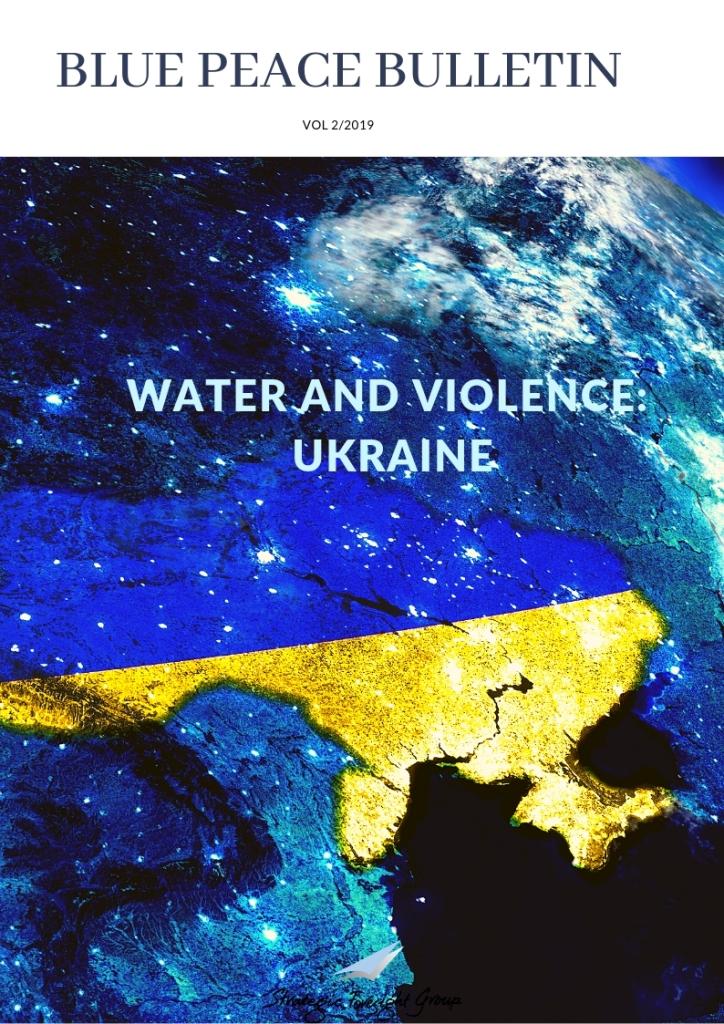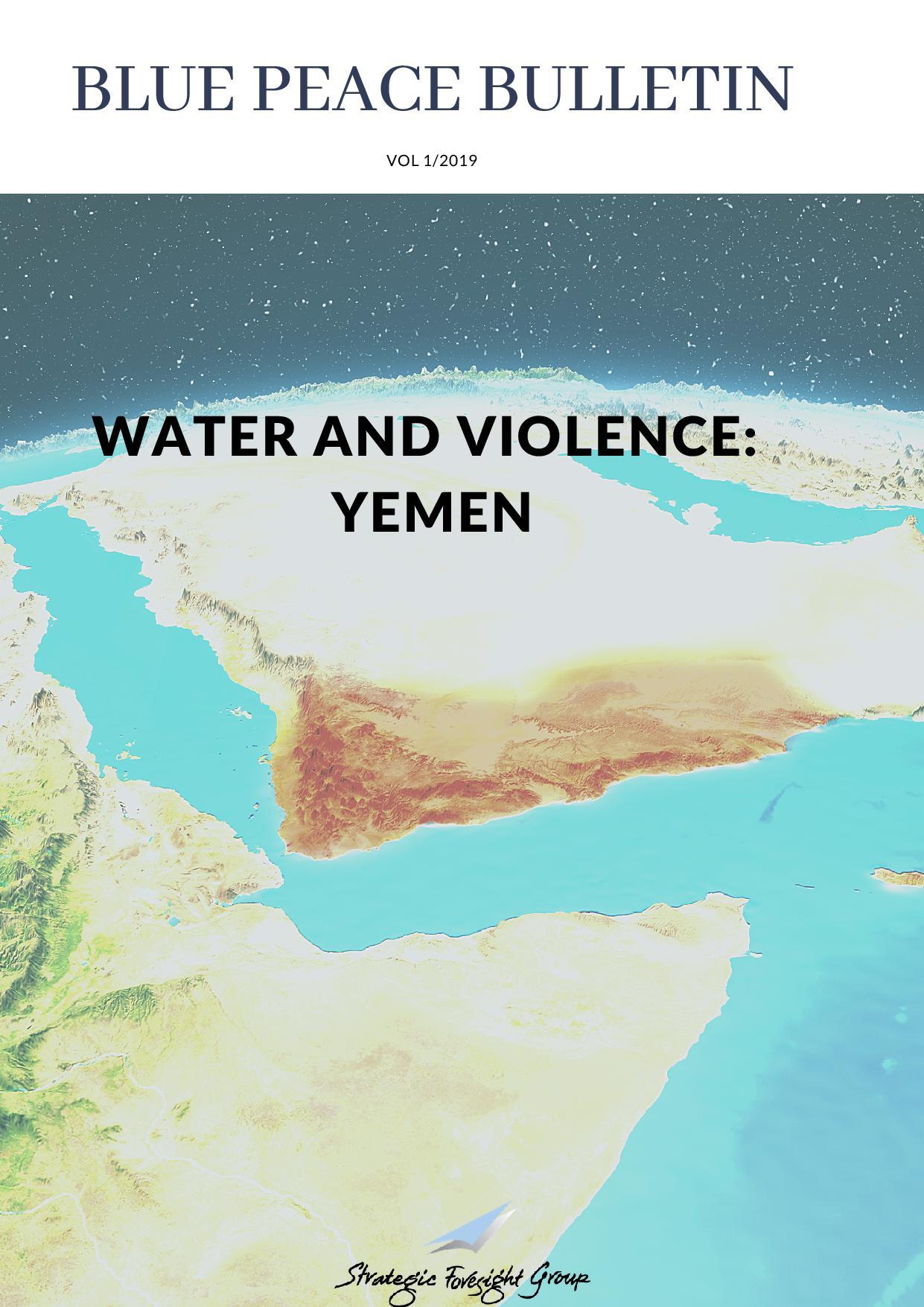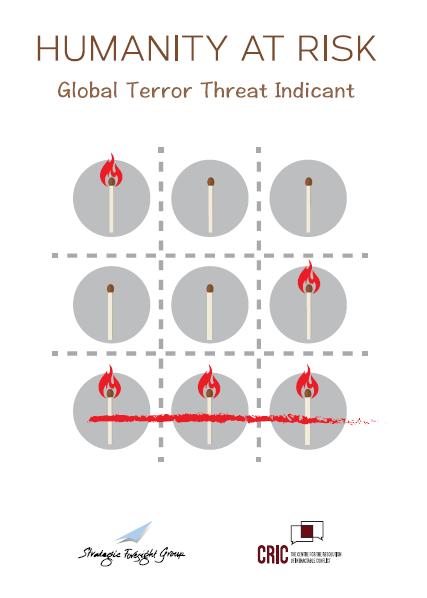The Politics of Aid
|
|
September, 2010
By Rohit Honawar
|
As the world watches in disbelief and horror, the extent of the devastation caused by the monsoon-driven floods across Pakistan, there is a sense of reluctance to assist in the relief and rehabilitation of the nearly 17.2 million people that have been adversely affected. Pakistan�€™s politicians have wasted little time in �€˜demanding�€™ that the international community does more, be it in terms of providing additional assistance, or in writing-off the more than $53 billion in accumulated debts. There is no denying that the catastrophe confronting Pakistan is of an unprecedented scale �€“ with the damage incurred believed to be more than the collective damage caused by the Indian Ocean Tsunami, the 2005 Kashmir earthquake and the 2010 earthquake in Haiti. Yet despite the magnitude of the situation international donations were not forthcoming. It was not until the UN General Assembly meet on the 19th of August that the world was ready to loosen its purse strings, albeit rather hesitantly �€“ raising questions over how Pakistan�€™s friends and the world at large viewed Islamabad, and what it would mean for the country�€™s future.
There is no denying the extent of the calamity confronting Pakistan. The country�€™s death toll stands at over 1600, with over 800,000 people at risk of starvation or disease. One fifth of the country, the equivalent of the size of Italy, is underwater. Crops with an estimated area of 4.25 million acres have been ruined, including cotton, rice, sugarcane and maize, exacerbating food shortages. Damage to road and railway infrastructure is estimated to be in the region of Rs.10 billion, with over 657km of roads and 35 bridges destroyed or damaged �€“ further complicating communication and relief operations. As with all natural disasters, the worst affected are the most destitute. Hundreds of thousands of people have been rendered homeless, with more than 1.2 million houses destroyed or damaged and 3.6 million people in Sindh province alone forced to live without a roof over their head. The threat of waterborne diseases looms over the entire country, and with healthcare facilities destroyed people are being forced to sleep on the side of roads and drink polluted floodwater. Despite all evidence putting the financial losses of the floods at more than the cumulative losses of 15 major floods in Pakistan over the last 62 years, the country continues to reel under the impact of an insufficient national and global response.
Donations to Pakistan have been sluggish in comparison to the outpour following the 2005 Kashmir earthquake. Thus far, the international community has provided $490.7 million, with the promise of an additional $325 million, taking the total to a little over $800 million. Apart from this, the World Bank has agreed to lend $900 million towards relief operations and the Organisation of the Islamic Conference (OIC) and the Friends of Democratic Pakistan have pledged to do more. Yet, what is striking about the latest calamity to besiege Pakistan is that the aid and assistance provided is comparatively less than that given to Haiti, a country with 10 million people or the equivalent of half the number displaced in Pakistan. While there is arguably no excuse for the limited and delayed response, an assessment of the situation lends credence to the misgivings of the aid donors, and provides perspective on why the people of Pakistan are being made to bear the brunt of the actions of the country�€™s political and military leaders.
One of the most significant revelations to have come out of the floods in Pakistan is that the country�€™s image on the international stage is a far cry from the self aggrandizing rhetoric regularly spewed by the country�€™s political elite. Apprehensions over how monetary aid would be spent, and questions over the effectiveness and transparency of the distribution of aid in a corrupt society, emerged at the forefront of political discussions on humanitarian assistance. Pakistan�€™s poor track record with regards to the 2005 earthquake left many people feeling sceptical, not to mention President Zardari�€™s poorly timed visit to Europe. Images of the �€˜war on terror�€™ and reports of the Pakistani establishments double standards, and involvement with terrorist groups, have influenced the decisions of aid givers �€“ most of whom would have viewed British PM David Cameron�€™s statement of Pakistan as an �€˜exporter�€™ of terrorism with trepidation. Undeniably, there is the issue of �€˜donor fatigue�€™, with the world confronting a recession and people having recently donated towards relief efforts in Haiti. Yet, for a country which continues to invest heavily in its military and prides itself on being the �€˜protector�€™ of the Islamic world through its nuclear weapons, one cannot help but understand the misgivings of the international community vis-à-vis a country with misplaced priorities.
Once again it is the poorest sections of Pakistani society that have lost out, as the country�€™s politicians continue to falter. As the major political parties look to discredit the relief efforts of their opponents, sections of the country�€™s media have taken it upon themselves to accuse India of causing the floods, while the United States has manipulated weather patterns. More over, the delay in Pakistan�€™s decision with regards to New Delhi�€™s offer of aid, and its eventual insistence that it be provided through the UN or the World Food Programme, reiterates that the political elite remain stoic in their approach vis-à-vis India �€“ despite the humanitarian emergency confronting their people. More over, an opportunity to build trust and confidence between the neighbours has been lost. Separately, the hurried departure of the US-AID Administrator Dr. Rajiv Shah from Pakistan, following threats to his life, presumably because of his American passport and his Indian origins, signifies that petty politics continues to dominate the agenda of leaders in the country.
The crisis in Pakistan has not differentiated between its victims, with infants and the elderly and both women and men affected. Yet despite the severity of the problem, those entrusted with providing for the people have fallen short. With aid slow to arrive to the victims, there has been an increasing incidence of agitation across the country. With the government continuing to play politics over aid distribution, there is a real possibility that banned and/or terrorist organisations could fill the growing void between the state and the public. With initial estimates suggesting at least a three year recovery period, Pakistan will face deteriorating economic and social conditions in the medium to long term future, not to mention the possible resurgence of extremist groups determined to challenge the writ of the state.
Related Publications
Related latest News
Related Conferences Reports
-

P5 Experts Roundtable on Nuclear Risk Reduction
Download:Geneva Roundtable Report
-

Roundtable on Global Security and Catastrophic Risks
Download:Report on RT revise





